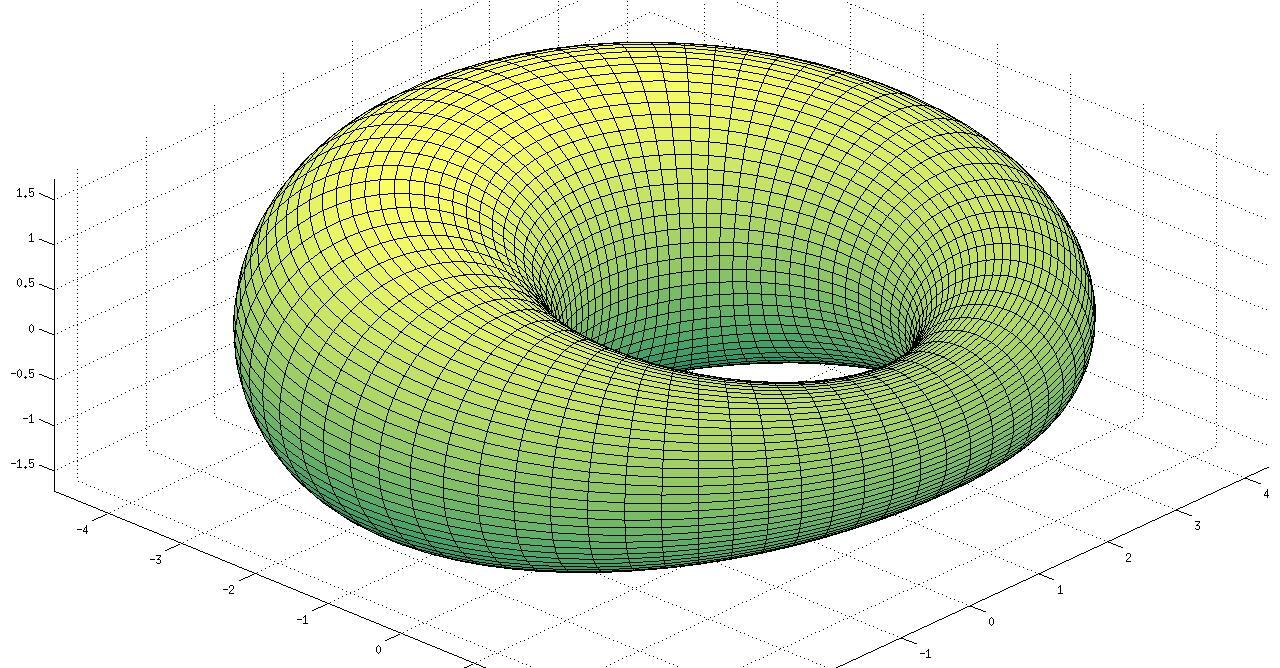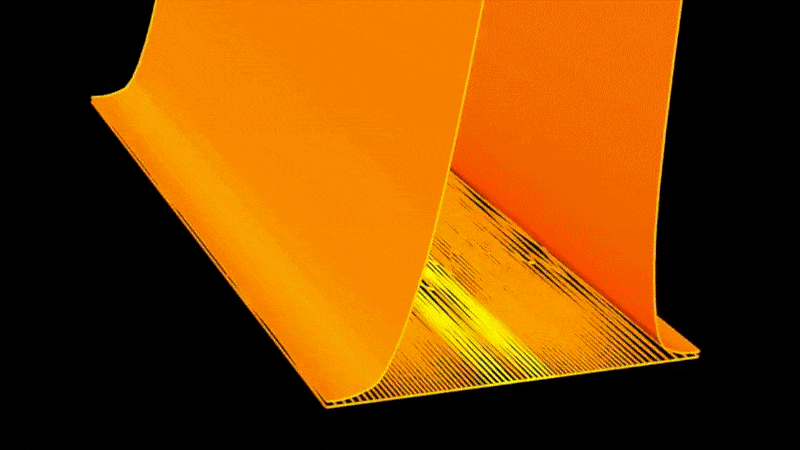Recently, I’ve found a fascinating line of work directed at advancing computational fluid dynamics using machine-learned preconditioners to speed up convergence in linear iterative solvers.
In fact, the number of steps until convergence influences the performance bound of many classical optimization algorithms. Machine learning helps us to trade a cheap, data-driven approximation for fewer, costly optimization steps in the endgame of convergence.
Given this context, I’ve been revisiting my studies on numerical PDE like the Nonlinear Schrodinger Equation (NLS) and here I’ll share some of the background work I took part in during the Summer of 2012.
NLS
While quantum mechanics students use the linear Schrodinger Equation to model the time evolution of a quantum state, its nonlinear counterpart finds application in describing dispersive wave propagation, arising in the study of optics.
Formally, we consider solutions to the nonlinear schrodinger equation those which satisfy the following initial-value problem:
$$ \cases{ (i\partial_t + \Delta)u=\sigma u|u|^p ,&$p>0$\cr u(0,x)=u_0,&$\sigma = \pm 1$} $$
In the case of a positive nonlinear forcing term (σ=1), the NLS is said to be defocusing, otherwise the NLS is focusing.
Sulem & Sulem characterize the tension between NLS’s “dispersive” nature and the “focusing” effects of the nonlinearity which, when balanced, admit standing wave solutions (solitons) in one spatial dimension.
When viewed as eigenfunctions of the schrodinger operator, solitons are interesting in their own right. Recently, our understanding of nonlinear dispersive PDE from mathematical physics has advanced considerably with applications of dynamical systems and both spectral and microlocal analytic techniques.
The study of solitons sheds insight into behavior of solutions over different parameter regimes of spatial dimension, power nonlinearity, and initial conditions. For instance, in higher dimensions, for certain initial conditions, the focusing nonlinearity overcomes dispersion leading to finite-time blowup of the wave amplitude.
Characterizing the evolution under these parameter regimes is important for advancing the theory around well-posedness and existence & uniqueness. Numerical simulations guide intuition and help researchers to probe for these dynamics with greater resolution.
Study into blowup phenomena is still quite active and profiting from numerical simulation. This is especially true as we shift our focus away from flat Euclidean space to consider more exotic domains. Simple models like the sphere or hyperbolic space help to elucidate the role of curvature for PDE on manifolds.
Restricting the NLS to the Torus offers a context to explore dispersive PDE over a compact domain. In this setting, we can also explore resonance since eigenvalues are integer-valued thereby admitting nontrivial vanishing linear combinations.
Riemannian Manifolds
These excellent notes motivate the study of the Laplacian over manifolds, while detailing many useful estimates and properties. The interplay of geometry and laplacian led Mark Kac to pose the question: “Can One Hear the Shape of a Drum?”
Lee’s treatment of the subject emphasizes the role of curvature. A relatively modern achievement in this space relates a bound on local information like curvature to global topological properties of a manifold.
Some highly technical estimates using microlocal analysis help researchers to identify criterion for finite time blowup of solutions to the NLS. The analysis is extended to a class of approximate eigenfunctions (quasimodes) to the Schrodinger operator. Other works outline the construction of Gaussian beam quasimodes.
In a manifestation of quantum-classical correspondence, we expect to recover classical dynamics in the high-energy, semiclassical limit, and therefore, high-energy eigenfunctions propagated along geodesics.
The Lumpy Torus
With this background, we design a surface of revolution generated by the curve:
$$ A(x)=\sqrt{(1 + \cos^2(x))/2} $$
After identifying the boundaries according to the same convention as the torus, we have the lumpy torus which can be embedded in R3.

This work further describes the construction of stable quasimode solutions concentrated near the elliptic geodesic orbit of this Lumpy torus.
The Lumpy Torus helps us in probing the power of nonlinearity, the degree of spatial concentration for our initial Gaussian beam profile, where it is centered (elliptic/hyperbolic closed geodesics).
Numerical Simulation
The Finite Element Method is a common technique to numerically solve PDE in complex geometric settings. These lecture notes provide a nice overview of the finite element method and its application to numerical PDE.
For evolutionary equations like NLS, spatial dimensions can be treated using FEM while integration in time is usually done using a stable finite-difference scheme like Crank-Nicolson.
Addressing the nonlinearity, we assume convergence to a fixed-point after sufficiently many iterations of Newton’s method.
Putting all this together, we use the weak formulation and integration by parts to express our PDE in terms of integrands suitable for the FreeFem solvers. The geometric setting introduces additional terms arising from the definition of the Laplace-Beltrami operator.
Now we can numerically investigate different profiles like a gaussian beam highly-concentrated along the stable geodesic. This study considers the possibility of finite time blowup of solutions to the NLS along stable, elliptic geodesics due to interaction between manifold curvature and appropriate power for the focusing nonlinearity.

This simulation helps us explore the hypothesis that we can induce blowup along a geodesic for highly concentrated gaussian beams under focusing nonlinearity interacting with the curvature.
Hope you’ve enjoyed this peek into research at the the intersection of PDE, geometry, and numerical computing used to advance modern physics.